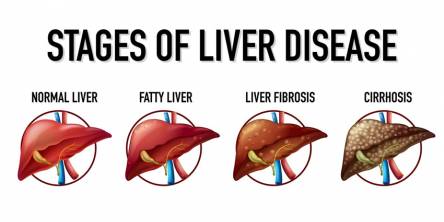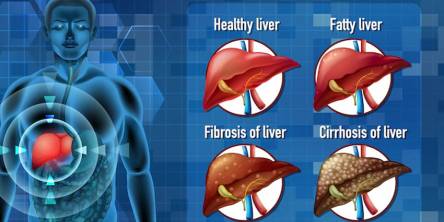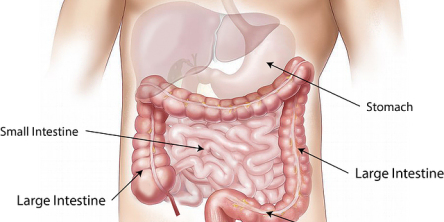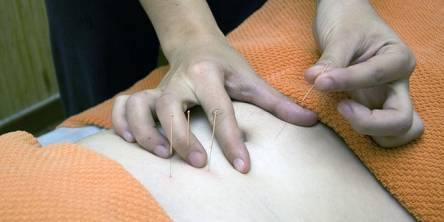Common Mistakes People Make Using Humidifiers

If you want to reduce your symptoms from allergies caused by dry air or suffering from scratchy throats or clogged nasal passages and even eczema, you need to stay away from all the common mistakes involving your humidifier. Always follow the instructions and recommendations from the manufacturer for maintaining and using your unit. If not heeded to, you could increase the risks of everyone becoming ill.
Here are some of the most common mistakes you must avoid when using a humidifier:
Not Paying Attention To The Humidity Levels In Your Home Or Office:
In a nutshell, humidity is the level of water vapor that's in your air. The level of humidity will either help with your allergy issues or lead to more problems because the level is out of control. The EPA (Environmental Protection Agency) believes you should maintain the humidity below 60% during the summer months and between 25 to 40% during the winter months.
Many humidifiers come with their own built-in humidistats for measuring relative humidity. Relative humidity is the balance of opposing forces such as water vapor versus the vapor pressure of water at a given temperature. You can also elect to buy a separate humidity meter which is known as a hygrometer, for a more accurate reading for checking your humidity indoors. Using a humidifier for a family member's allergies, you should keep an eye on the humidity regularly and make sure its stable.
Allowing Your Humidity Levels To Escalate Out Of Control:
While keeping your humidity stable, make sure it remains at acceptable levels not rising above that. The right level of humidity can improve your allergy issues but excessive levels can make your symptoms much worse. This is also very important if your allergies are caused by dust mites, molds, bed bugs and mildew! Too much humidity will cause all three of these allergens to grow and thrive in your home.
You should keep an eye on your humidity level and immediately reduce it if your room feels damp and sticky, like a summer's day in Houston, Texas! If you are not sure, check pillows and curtains to see if they are damp or your windows and window sills are forming condensation. These are all signs that your humidity levels are way too high. If you suffer from allergies from mites, mold, or mildew check your humidity level often and do not let it rise above 40%.
Forgetting To Clean Your Humidifier Or Not Cleaning It Enough:
Because you are breathing in the air created by your humidifier, you should always follow the manufacturer's manual and their instructions on cleaning and maintaining the unit in the best way. If you overlook cleaning and maintaining your humidifier, as described in the manual, the unit will grow and breed mold, mildew, and bacteria. These allergens will be present in the air when the mist is released. Cleaning your unit properly, according to the manufacturer, will reduce the chances of contaminated mist in the air making your allergies twice as bad.
We cannot express this strongly enough, when you purchase a humidifier, sit down and read the manual before using the unit.
Stay Away From Using Tap Water In Your Humidifier:
Most ultrasonic humidifiers break up water particles, splitting up and distributing mineral particles into the air. The residue left behind on everything in the room is white dust that houses bacterial growth. This white dust will also form in your tank if you used unfiltered tap water instead of distilled or filtered water. Your humidifier will be producing bacteria that will pour into the air and that's what you will be breathing in.
The manufacturer is not including instructions for a lack of anything else to do. They are providing you with valuable information and advice to keep your room safe and clean and prevent future illnesses. The manufacturers strongly advise using distilled, filtered, or purified water. Stay away from using tap water in your humidifier.
Never Let Water Sit In Your Unit:
A film will develop on the top of your unit if you let water sit for days on end and bacteria will grow in the tank. Empty and clean the tank when not in use and especially if you skipped a day. If you see bacteria or algae building up in your unit, use a water treatment to get it under control. Wipe the unit down with hydrogen peroxide or bleach to stop bacterial growth and then rinse and dry. Again, following the manufacturer's instructions are critical if you suffer from allergies.
Regularly Check The Electrical Cord:
Humidifiers just like any electrical appliance should be taken seriously for the sake of safety. Keep an eye out for a damaged cord or a damaged part. Let's face it, a humidifier is filled with water, the last thing you need is a damaged electrical cord! If you have pets and/or kids, make sure you do not have long trailing cords that can be tripped over.
Do Not Submerge The Main Unit In Water:
Submerging the entire unit in water can damage it. Cleaning the humidifier should be done by keeping electrical parts out of the water and only use small amounts of water for rinsing corners.
Place The Unit On A Stable, Flat Surface:
The humidifier heats water and emits water vapor or steam into the air. If placed on the floor, it can damage your carpet or hard floors. Surrounding items can also become damp and possibly damaged. Always place it on a raised flat surface, preferably in a corner.
Keep It Away From Your Bed:
You should not place the unit too close to your bed even though you might think that's a good idea. If the unit spits out white dust, it will cover your bed and the warm mist can ruin your memory foam pillow and bedding very uncomfortable. You do not need the unit on top of you to get the benefits.
Get A Unit That Fits Your Requirements:
Too large a unit in a small room is not going to be effective and, in reverse, too small a unit in a large room will increase dampness and breed mildew, mold, and bacteria.
To sum it up, when in the market for a humidifier, it's important to get one that matches your needs and your room. You should do a little research and if you need help, visit your local home improvement center for experienced help in finding the right unit for you.
Similar Articles
Fatty Liver Disease (Steatosis) is a common condition which denotes the excessive accumulation of fat in the liver. The liver is located in the upper right-hand portion of the abdominal cavity on the stomach, kidney and intestines. The liver is the major metabolic organ which is found in vertebrate animals
According to the World Health organization (WHO), Mental disorders are on the rise in this era, every one in eight individuals is suffering from a mental disorder. There are a variety of mental health disorders
Nowadays dental problems are so common in day-to-day life we know someone who is suffering from dental problems or sometimes it happens to us only
Burger, Pizza, Cold-drink, Sweets, Chocolate, Fries, Samosas, I know your mouth is watering after reading this, right?. But do you know how it is destroying our digestive system and especially our liver
People are pursuing their objectives and dreams with such savagery that they neglect to do the basic things right. The developing rivalry in working environments and the requirement for steady proficient improvement are what shapes our lives
Nowadays many people are suffering from thrombocytopenia or ITP. This is basically a condition of low platelet count. After listing the name of this disease, few questions arise in the mind of everyone. What are platelets, what is their significance in the body, what are the possible consequences of reduced platelets?
Fibromyalgia is a chronic pain disorder that is very common as well as complex affection for the patient physically, mentally, and socially as well. It is a type of neurosensory disorder that shows symptoms like stiffness in the joint, widespread muscle pain, and fatigue
How long does it take to do the digestion? The digestion period differs from person to person, just as it changes between men and women. The average transit time through the large intestine or colon is about 40 hours, with a significant difference between men and women. In men, it takes 33 hours and 47 in the case of women.
Acupressure is a technique applied in most Asian countries, also known as acupressure. It is derived from acupuncture and differs from it since without the use of needles it manages to strategically stimulate the energy points through massages performed with the fingers









